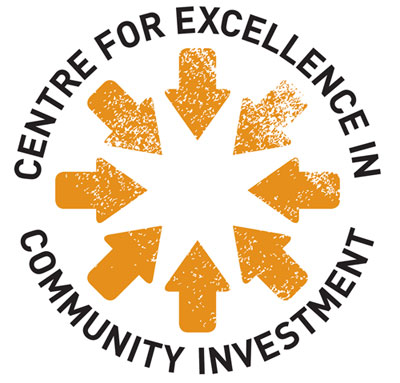
Research: The Impact of Welfare Reform on Tenants, Rent Collection and Perceptions of Social Housing
Michael Marshall is undertaking a PhD at the University of Sheffield on the topic of welfare reform and social housing. Having previously worked at Network Homes, first as a project officer and then a research analyst, Michael’s interest in the topic is built on a real world understanding of the acute pressures facing the social housing sector currently – on both tenants and social landlords.
We caught up with Michael to discuss what his research aims to do, why it’s important now, and the ways in which community investment teams have responded to reforms, particularly Universal Credit (UC).
Can you tell me a bit about your research?
My research touches on two themes: one is the impact of reform within the social housing sector, and the other is how this relates to the stigmatisation of social housing. When I talk about ‘reform’ this includes welfare reform, such as UC, the Local Housing Allowance (LHA) cap and benefit caps. But it also refers to the reform of social housing in general, including the emphasis on value for money.
I’m interested in how these reforms effect tenants, such as the financial impact, and whether they find the reform process stigmatising. Importantly, though, my research will also explore the impact of reform on social landlords, how they have responded to support tenants and whether they have changed the ways in which they provide community investment services.
While welfare reform and housing stigma are very current phenomena, this research is quite unique in that it looks at both in tandem. In doing so, the research aims to explore how policy reform contributes to stigmatisation and how tenants and housing associations have responded. The research will include a combination of data analysis, tenant interviews and staff interviews.
Why is this research important now?
Many people working within the sector will know that welfare reform and tenant stigmatisation are high-profile issues right now. Since the introduction and subsequent roll-out of UC, the government’s flagship welfare reform, many landlords have raised concerns over increased arrears and time spent managing cases.
The publication of the social housing green paper, A new deal for social housing, in 2018 also put stigma back on the social housing agenda. Wider reports by the Chartered Institute of Housing following the publication of the paper have highlighted the urgency needed to tackle housing stigma.
How is this research relevant to community investment teams?
The data generated from the research could make an important contribution to the community investment space, providing a valuable source of information to support financial inclusion services and community building.
Community investment teams could use the data analysis and interviews to tailor, design and target support services for tenants impacted by welfare reform. Housing associations have previously used this kind of data to design a Universal Credit response process and communications regarding welfare reform, as well as knowing where they should target invitations to financial inclusion events and on which platforms.
The tenant interviews will explore tenant’s perceptions of stigma, including how they perceive their home, community and landlord. These could be used as evidence by participating organisations to help them design community building programmes or support staff training, and in doing so generate new ideas and solutions to current challenges.
Equally, staff interviews will provide an opportunity for participating organisations to provide feedback on their experience of reform, and the role that community investment can provide in responding.
What do you expect the research to reveal about the ways in which community investment teams have changed in response to welfare reforms?
The changing environment around housing associations has produced a number of changes in how those support services are orientated. In some cases, the amount of expenditure on community investment has been scaled back. But there’s also been a qualitative change: many income support teams are now integrated with benefits advisors. Some organisations are placing an emphasis on tenant activation so supporting tenants into work, for instance. One of the goals of the research is to understand how housing associations navigate these decisions.
Consequently, community investment teams often aim to meet multiple goals as a result of reforms, including community investment, activation into work and income collection. With this in mind, the research is a good resource to help build better partnerships between community investment and income support/welfare teams.
Part of the research is about understanding how the sector is operating but also helping them to understand the material and financial realities that tenants are living in. The research seeks to explore how you would actually redesign community investment services in a way that’s more cohesive and that better aligns with both expectations and understanding of what would work.
If you would like to participate in this research, please contact Michael Marshall directly to set up a meeting at marshalm1990@gmail.com.
Participating organisations will receive a free customer segmentation in relation to income collection, increased understanding of how to support tenants, and will contribute to important wider debates on stigma within social housing.


